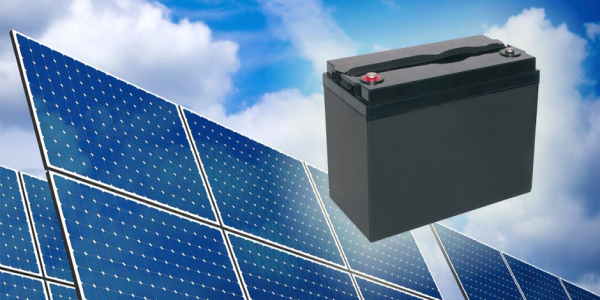Batteries, BTM and Buzzwords
Published on 7th August, 2017
Within the electricity industry we love our buzzwords and acronyms just as much as any other business sector – with Batteries and BTM (behind-the-meter for those not in the know) being the latest as part of the general excitement surrounding the issue of storage. These two – combined with digital technology – having the potential to cause maximum disruption to the industry model as we currently know it.
For as long as most people in the electricity industry can remember, there have been two immutable facts of life. The first is that the technology to harness nuclear fusion is always just around the corner but is never quite delivered. The second is that electricity cannot be stored on any industrial scale – with the notable exception of “pumped storage” where water is stored in a reservoir at the top of a hill waiting to be poured downhill at a moment’s notice to be converted into electricity.

The whole complicated electricity market construction is, and has historically always been, geared around this second “fact” – the notion that electricity cannot be stored. Consequently, supply and demand must always be balanced in every half hour in order to maintain system stability and reliability of supply. Moreover, this does not just have engineering consequences but financial ones as well, with both buyers and sellers in the wholesale market facing significant financial penalties if their forecasts do not match their actions.
However, as proof of the principle that says if you wait long enough anything is possible, it is now the case that energy storage on a scale beyond anything previously envisaged is rapidly becoming both technically feasible and economically viable. This development is rightly regarded as a game changer and is driven by several factors including:
- The market “pull” provided by the growth of intermittent renewable generation (Wind / Solar) and the need to balance the inherent supply fluctuations associated with these;
- The high cost of the grid upgrades that would be required if intermittent renewables generation were to become dominant without significant storage capability;
- The economies of scale which are driving down the unit costs of battery and other storage technologies as the deliverable capacity steadily increases.
A lot of the “buzz” about batteries is focused on lithium-ion technology due to Elon Musk’s high profile and the growth of electric vehicles. However, there are other battery technologies such as gelion which may be more cost effective in the long run due to wider availability and lower cost of raw materials. There is also growing interest in thermal storage systems in which electricity purchased from the grid at off-peak rates is used to heat a material such as silicone, salt or graphite which can then be converted back into electricity at times of shortage.
Some of these technologies may only be viable at the grid level due to scale economies but most are likely to work at all levels including small-scale household and community. Investment in storage “behind the meter” (i.e. before electricity enters the electricity system) increases the range of options open to both households and industrial organisations to combine electricity consumption, production and storage in ways not previously thought either feasible or viable.
As far as larger energy users and on-site generators are concerned, there is no doubt that the possibility of storing power on site will be seen by many as an attractive new instrument with which to generate additional revenue and reduce exposure to market risks. Some large industrial energy users have already invested significantly in storage capacity. Others may see such possibilities as a step too far because of the range and complexity of options on offer and the feeling that the monetary gains may not be commensurate with the costs involved.
The success – or otherwise – of investment in storage will depend partly on the capacity to capture and properly analyse participant data relating to generation, consumption and storage through the application of smart technology. In addition, full understanding of the trading options opened up by such investment and the ability to access the market to capture these benefits will be critical.
EnDCo offers transparent market access services and is working with smart technology providers to help customers realise these new and rapidly developing opportunities.
For further information, please email me at: les.abbie@endco.co.uk
Les Abbie, CEO, EnDCo


 REPORTS
REPORTS 

